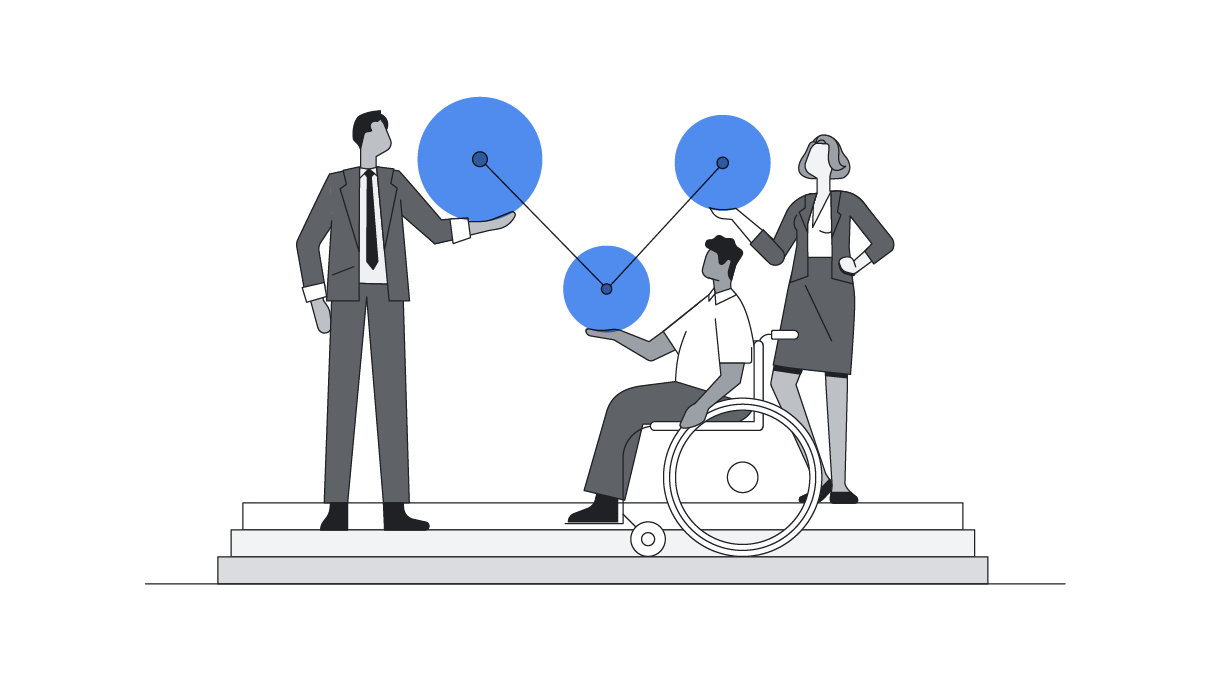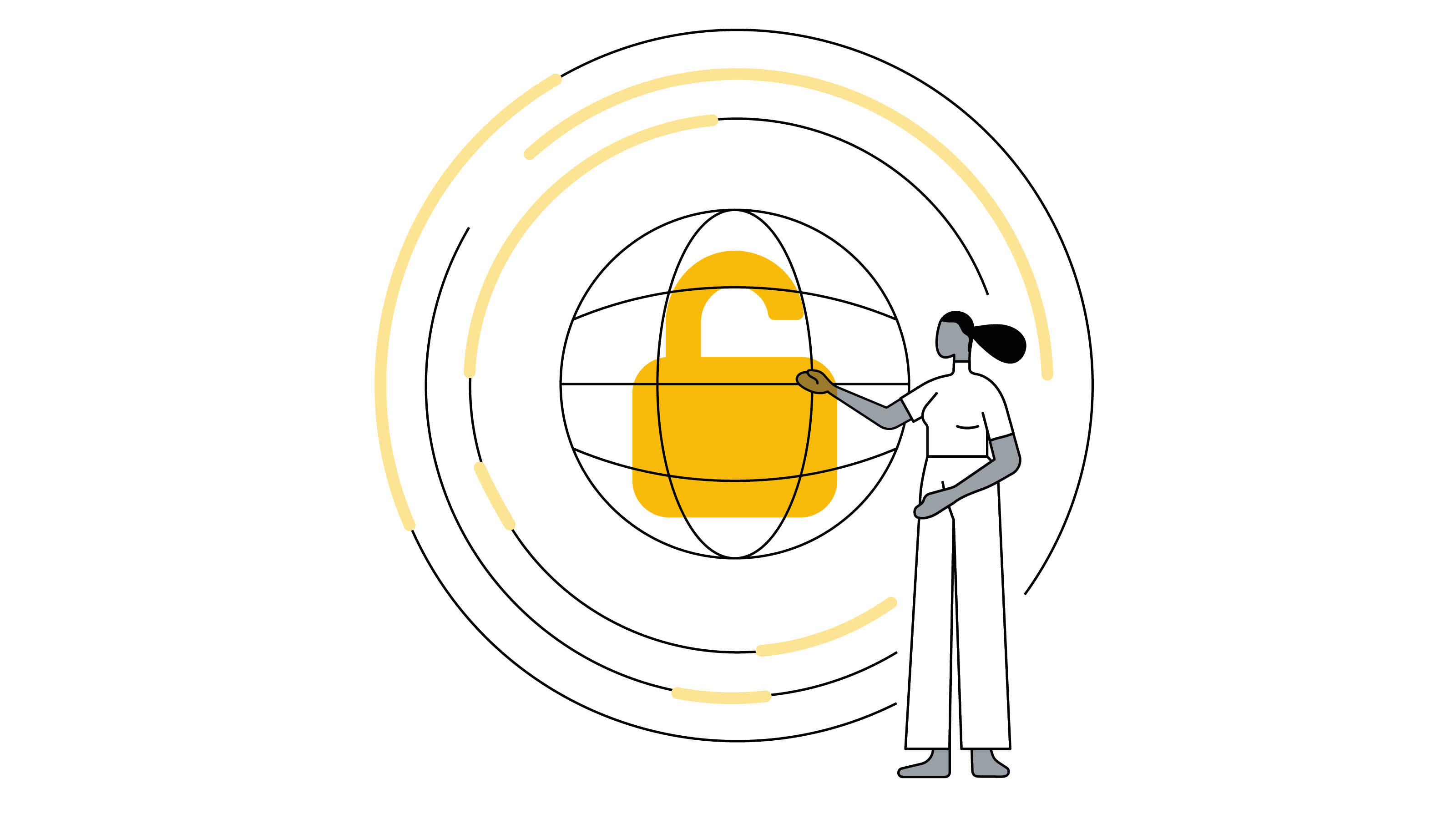Digital marketing is in a period of upheaval. Consumers are demanding more online privacy and Google’s Chrome browser is responding with plans to remove support for third-party cookies.
In this new world, many established methods for measuring and reaching audiences will work differently. These changes lead to many questions amongst marketers:
- How can I continue to reach my audience?
- How can I direct and optimise my campaigns?
- How do I counteract data loss through consent banners?
- How do I prepare my company for this next step in data protection?
Very few companies have a plan. Less than 40% of international companies say they have a solution figured out, according to a recent DMEXCO survey. For example, in Germany, only 17% of advertisers say they’re prepared. Many other marketing experts are still researching their options, while some haven’t even started to consider the topic at all.
In the midst of all this, one of Europe’s leading energy service providers stands out for taking a different approach: E.ON addressed the issue of data protection at an early stage and gained a clear competitive advantage as a result.
Data protection as a strategic focus
For several years now, E.ON has focused on transforming itself into a digitally driven, customer-oriented service provider. This meant tackling the issue of data protection head on.
Shortly after the introduction of cookie banners in 2018, the E.ON data team discovered that not all website visitors consented to the use of cookies. This reduced possibilities for measuring engagement and performance. It also created new challenges to reach specific audiences.
“We relied on having complete data sets from our website, and this data helped us ensure strong online performance campaigns. So this quickly became a big challenge for us,” said Lena Saldern, head of performance marketing and online marketing intelligence at E.ON.
“Our management made a point of addressing the issue of data protection at an early stage because they saw how crucial this was to the business,” said Franziska Eickhoff, head of data analytics at E.ON. “They saw the trial-and-error process would take a lot of time, but they also knew that the lessons learned from this process would give E.ON a clear competitive advantage.”
E.ON: Coming together with a cross-functional team
The compliant handling of user data affects the entire customer journey, all the way from the homepage consent banner, to measurement, to campaign optimisation.
“This whole process needed to be put to the test and relaunched,” said Eickhoff.
It’s crucial that all teams involved are on board during the strategy phase.
E.ON began developing solutions with a cross-functional team. The team included experts in data protection, development, design, marketing, and digital sales. External partners also played important roles, with the agency Trakken providing significant support for planning and execution.
“It’s crucial that all teams involved are on board during the strategy phase,” said Eickhoff. “Early discussions with the development team are especially important. They are the ones who implement the concept technically in the end.”
The marketing and sales teams should also be integrated from the beginning. Saldern noted that the teams held regular meetings to make joint decisions around privacy issues.
As part of this set-up, the cross-functional team developed a new strategy with several solutions:

The global site tag is the basis for uniform tagging on E.ON’s website. It laid the foundation for more accurate conversion measurement, full visibility of all conversions in Google Analytics 4, and easy integration with other Google products.
By using server-side tagging, E.ON no longer loads excessive tags on its website or app. This has improved E.ON’s data control and security because fewer third-party tags are loaded on the site and app. This single move significantly reduced website loading times, which immediately led to a better user experience.
Google's Consent Mode helps companies solve any measurement gaps when users decline to share their data. The E.ON team introduced Consented-Only Mode -- a version of Consent Mode -- so that when E.ON site visitors declined to share their data via the homepage cookie banner, the team was still able to understand user conversions using existing data from consenting website visitors. This approach helped E.ON measure an additional 6% conversions that otherwise would have been missed. All the while, user privacy is consistently preserved and protected.

The new Google Analytics 4 combines app and web data in one property, giving E.ON a more complete understanding of customer behaviours across devices and platforms. It’s privacy-centric by design, so it can be relied on even as the web becomes more private. It allows firms, including E.ON, to use predictive metrics to gain deeper insights into conversion data when using Consent Mode. By implementing Google Analytics 4, E.ON improved its data quality and increased the efficiency of its analyses by 15%.
"Google Analytics 4 has all the features we need for the post-cookie era. This helps us future-proof our business," said Saldern.
This Google feature will soon be integrated into E.ON’s systems, helping the company improve the accuracy of conversion measurement even further. First-party data from E.ON sites can be encrypted and securely transmitted to Google, then matched with signed-in Google accounts to more precisely attribute campaign conversions to ad events, such as clicks and views. This is all done in compliance with data protection regulations.
Better data, better decisions
The E.ON team has successfully launched the first phase of its data protection requirements, and will move to incorporate ‘Enhanced conversions’ next. E.ON’s commitment to redefine its data collection processes and structures has helped it significantly improve data quality.
“We were really pleased with the Consent Mode solution after completing the first test phase in the Search advertising channel,” said Saldern. “The more conversions we capture, the less discrepancy we have in our data from the sales data warehouse. This helps us make more accurate decisions about activating and budgeting.”
Eickhoff was particularly impressed with how Google Analytics 4 changed the team dynamic: “The machine learning features took a while to get used to, but this ultimately helped save us time. Plus, it encourages deeper collaboration between our web and app specialists,” Eickhoff said.
Saldern is now looking ahead to what comes next.
“We are starting the second phase now. We’ll begin to apply the collected and structured data and create and roll out campaigns based on it. It’s been deeply rewarding to deliver these privacy-first changes for our customers,” she said.







